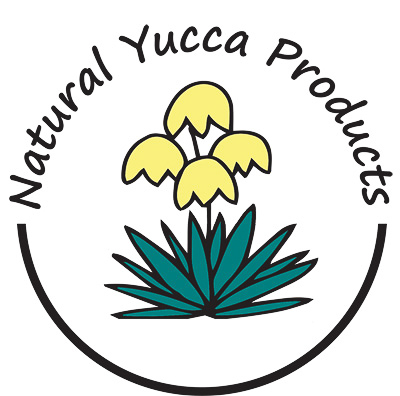
Yucca is NOT Yuca (Cassava)
Too many people are confusing yucca root with yuca. What may seem like a small spelling mistake (one less “c”) can make a world of difference if consumed. It’s almost scary how many pins on Pinterest and supposed “expert” websites are getting the two mixed up. Even a few “medically reviewed” articles are incorrectly describing the wrong plant. In addition, so many internet photos of potato-like yuca (pronounced “yoo-ka”) are being labeled as yucca (pronounced “yuh-ka”) root. Yes, there are similarities that both share, but their differences can cause harm instead of good if treated interchangeably in a person’s diet.
Here are the key differences between yucca and yuca that everyone needs to know:
Different Origins
Yucca plants are most often found in arid, desert-like environments such as the Southwestern United States and Northern Mexico. These hot, dry locations force the yucca plants roots to go deep into sandy and seemingly infertile soil. Yuca, otherwise known as cassava, is commonly found in more tropical locations such as South America and Africa. Cassava grows more rapidly in these locations due to the abundant moisture and nutrient-rich soils.
Different Structures
The drastic differences in their growing environments leads to stark differences in the yucca and cassava plant structures. The yucca plant has long, sword-like leaves with a waxy coating that radiate out in a rosette pattern from a central stalk. This enables the plant to capture and funnel the minimal rain available towards the core of the plant. Below the leaves there may be a tree-like stem that can be several feet in length, but most commonly is much shorter, and in many species, non-existent. The underground roots of the yucca plant are rough with a bark-like exterior and a hard, woody interior.
On the other hand, cassava leaves and stems are much smoother, and the root is softer and more potato-like. Because the cassava plant grows in moister soil the roots don’t go as deep and are much easier to harvest for consumption.

Caution: Yucca is not cassava and cassava is not yucca.
Different Uses
Although both the yucca and the cassava plant have beneficial uses, the yucca plant is used for more medicinal purposes than the cassava. The yucca plant is rich in resveratrol, yuccaols, and saponins that the scientific world is finding very beneficial in several profound ways. Research has shown that these three natural compounds can reduce inflammation, ease arthritic-type pain, and protect the skin from sun damage.
Conversely, the cassava root is more like a starchy vegetable that can be prepared and cooked like a potato. It can be sliced and diced whereas yucca root is very hard and difficult to cut up.
Different Cautions
Eating yucca root in the same manner as one would eat cassava root is strongly discouraged, if not almost impossible. First, yucca root is incredibly hard and fibrous, so cutting, or slicing it requires more than a standard knife. Second, yucca root tastes bitter even after being ground into a powder. Third, the human digestive system reacts differently to yucca as opposed to cassava.
Yucca powder must be encapsulated, or mixed with other fillers to disguise the taste, and must be consumed in smaller amounts to avoid stomach upset. Cassava root can be prepared and eaten like a potato – mashed, fried, or as chips – but can be dangerous if consumed raw, or is prepared improperly.
Finally, the goodness of yucca can be absorbed through the skin. That’s why Natural Yucca Products incorporates yucca powder in its lineup of natural body and skin care products. Getting the goodness of yucca into the body (and doing it without manmade chemicals) while bypassing the digestive system is our primary goal.
Yucca and yuca (cassava) are both beneficial to humans in their own ways. Learn more about the products that make the great benefits of YUCCA available to your body at NaturalYuccaProducts.com.
Natural Yucca Products, Corp. Copyright 2025 All Rights Reserved www.NaturalYuccaProducts.com















